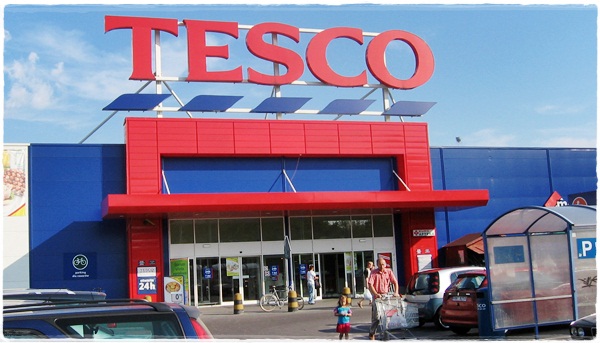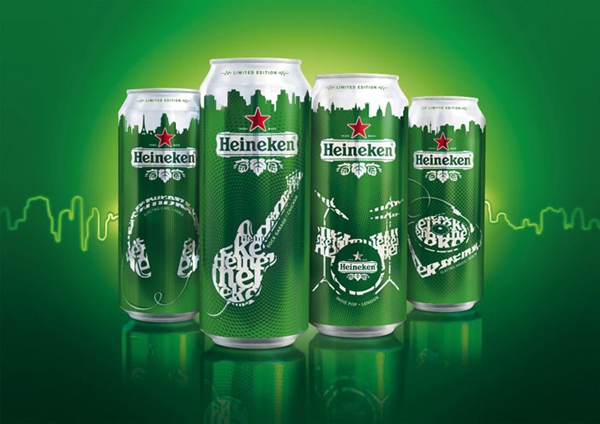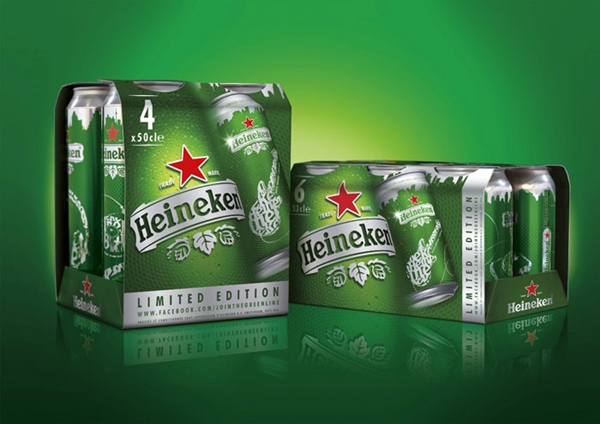Walgreens Nice! – New Private Label Brand
 The Nice! brand name, two years in the making, began to appear on Walgreens store shelves last month on food products from soup to nuts. The rollout of more than 400 items, mostly grocery and paper products, is scheduled to accelerate this month and wind up at all 7,742 Walgreens and Duane Reade drugstores nationwide by January 2012.
The Nice! brand name, two years in the making, began to appear on Walgreens store shelves last month on food products from soup to nuts. The rollout of more than 400 items, mostly grocery and paper products, is scheduled to accelerate this month and wind up at all 7,742 Walgreens and Duane Reade drugstores nationwide by January 2012.
“You will see a lot of transition within Walgreens brand portfolio over the next 12 to 18 months,” said Maurice Alkemade, divisional vice president, general merchandise manager for private brands in an article for the trade publication Private Label magazine.
Graphics on Nice! are bold, clean, and designed to be easily recognizable and simple to shop. An integrated marketing campaign will build on the brand’s message around quality and savings compared with other national brands, as well as the wide variety of everyday essentials under the label accessible from neighborhood Walgreens stores.
AC Nielsen consumer research shows that 75% of Walgreens shoppers purchase store brands in Walgreens.


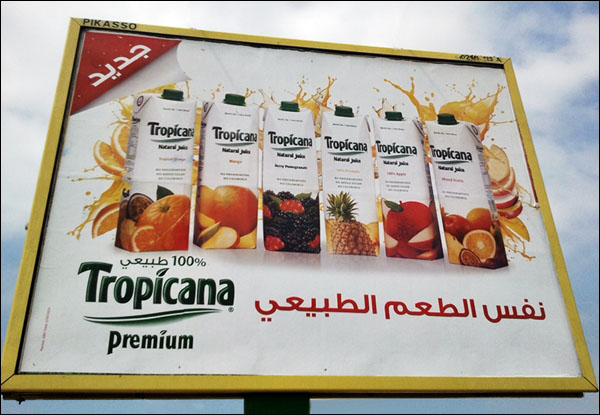
 Summer is here and it is hot. All supermarkets are shrinking their frozen category shelves and groceries are putting their small freezers in front of everything else to welcome the ice cream season where sales will pick up because of the hot summers we have in Lebanon.
Summer is here and it is hot. All supermarkets are shrinking their frozen category shelves and groceries are putting their small freezers in front of everything else to welcome the ice cream season where sales will pick up because of the hot summers we have in Lebanon.
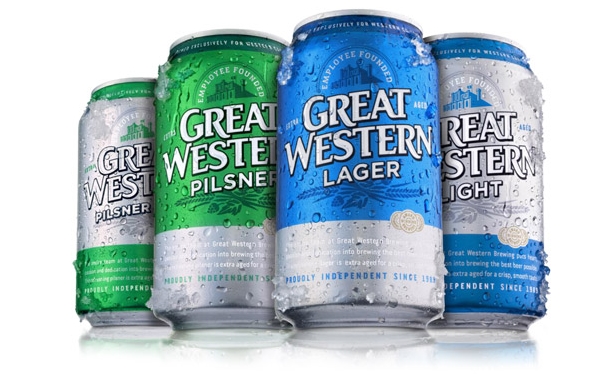
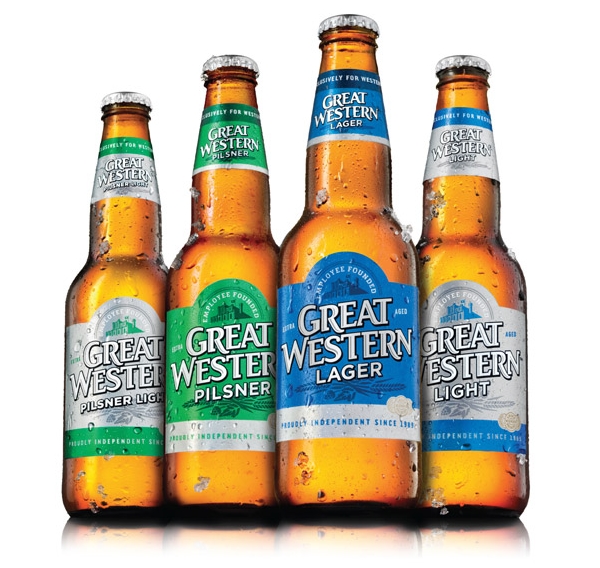
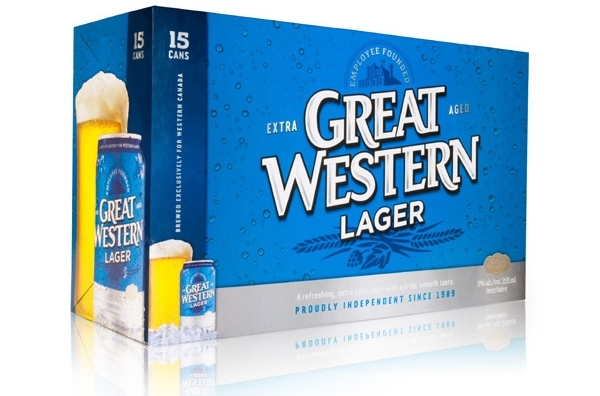
 At its Consumer 360 conference in Orlando, Fla., on June 22, New York-based Nielsen unveiled an approach that could greatly improve the chance of a new product’s success. Based on tracking 600 product launches and testing 20,000 initiatives, the approach could raise the chance of succeeding in the marketplace from 10 percent to 75 percent.
At its Consumer 360 conference in Orlando, Fla., on June 22, New York-based Nielsen unveiled an approach that could greatly improve the chance of a new product’s success. Based on tracking 600 product launches and testing 20,000 initiatives, the approach could raise the chance of succeeding in the marketplace from 10 percent to 75 percent.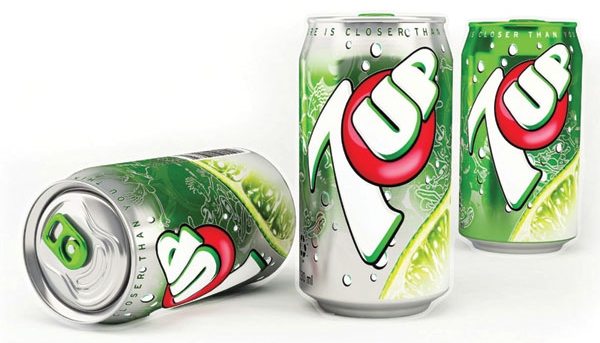

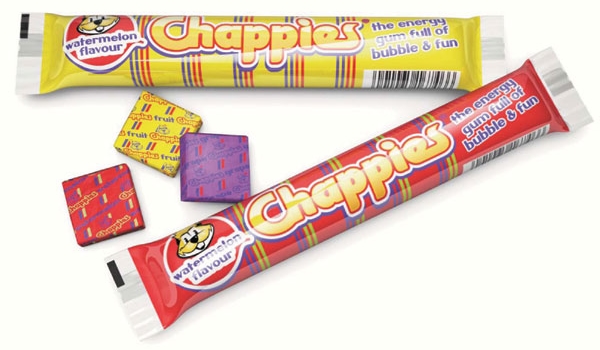
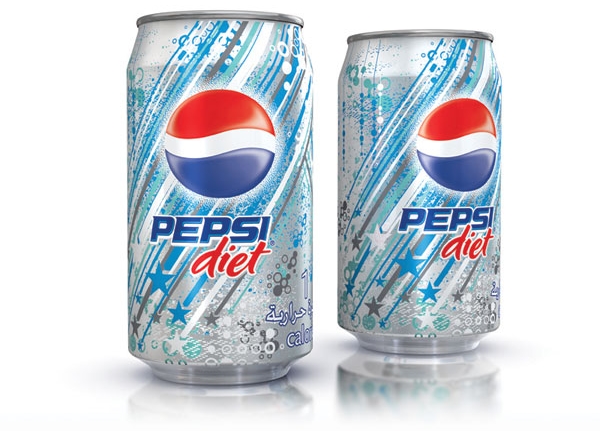
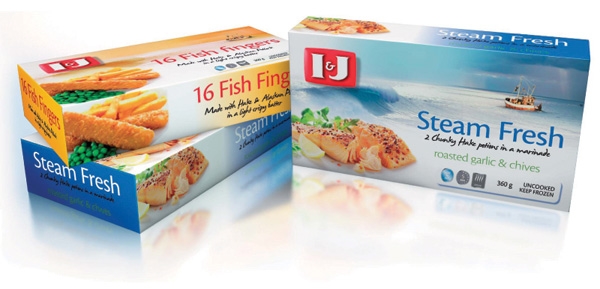
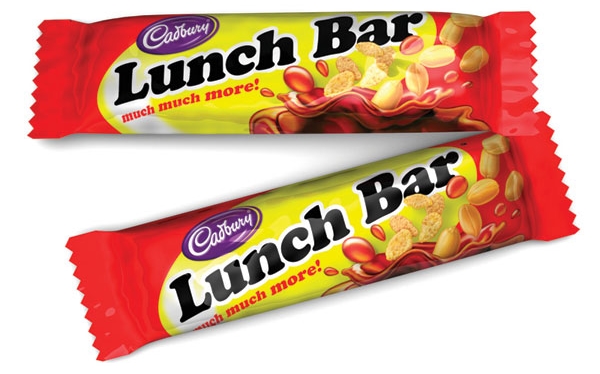
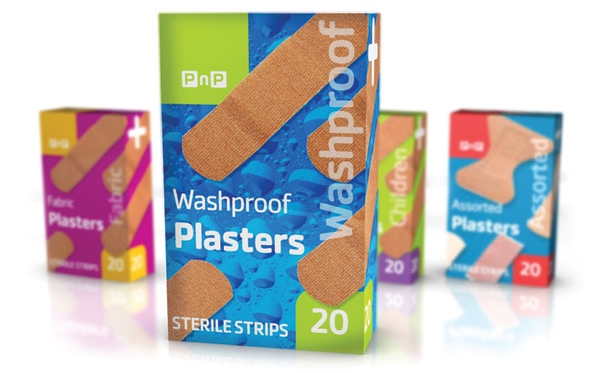
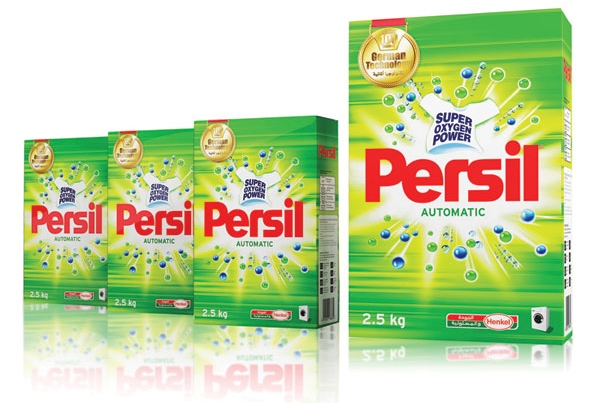
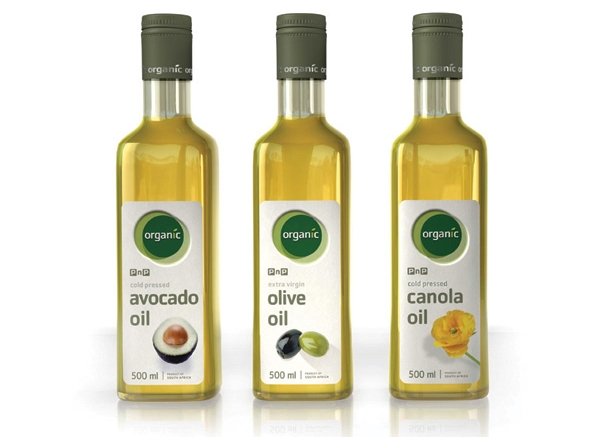
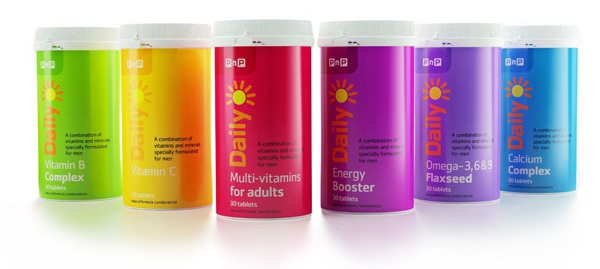


 Do you have an iPad or Android tablet and a cat that you like making happy?
Do you have an iPad or Android tablet and a cat that you like making happy?
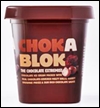 Tesco has unveiled plans to become a global brand owner, kicking off the strategy this month with the launch of non-Tesco-branded ice-cream and pet-food ranges.
Tesco has unveiled plans to become a global brand owner, kicking off the strategy this month with the launch of non-Tesco-branded ice-cream and pet-food ranges. 